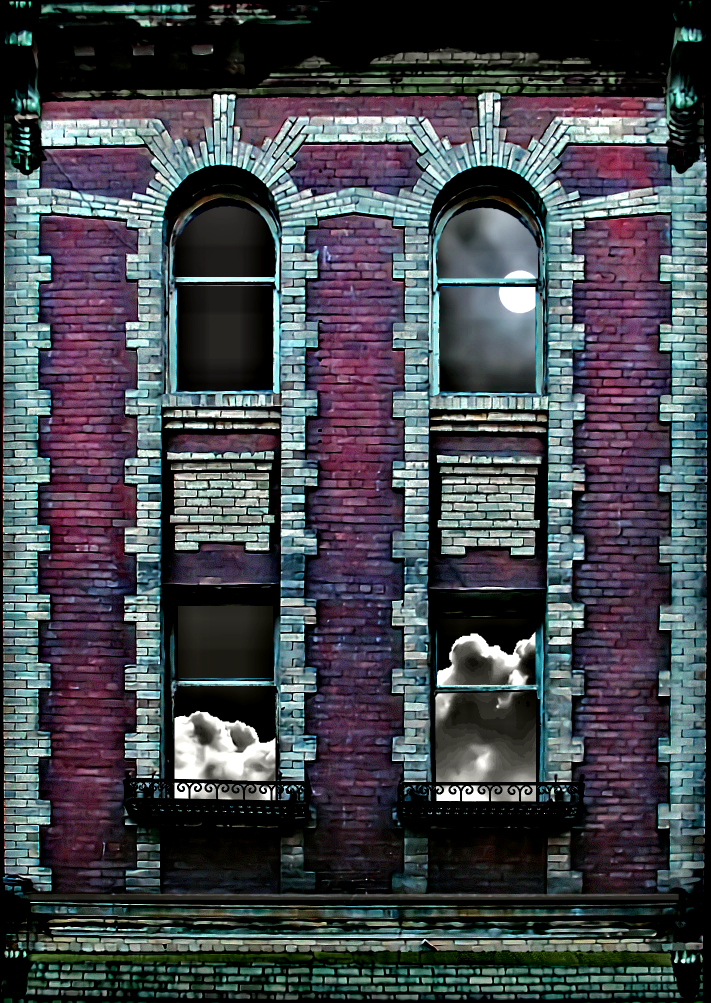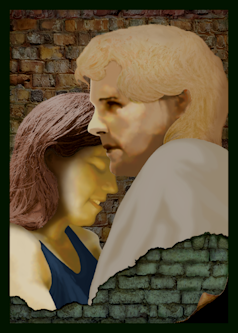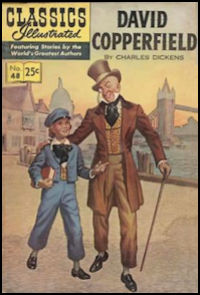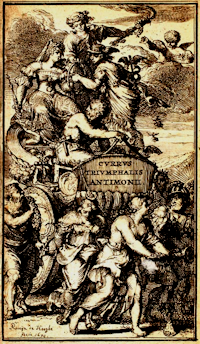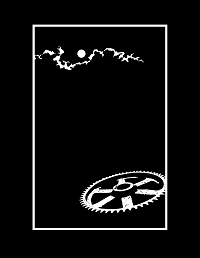The image above is a dramatization of an experience I had recently on the platform in one of the MUNI underground railway stations in downtown San Francisco. I’ve gone melodramatic in this instance to suggest the impact the experience had upon me. The sense of seeing something highly unusual and hopefully conveying even a touch of numinosity.
In the actual experience a number of other people were present on the platform. For me the figure represented here popped out of the overall scene. The feeling was sort of, “Ah, there you are.”
As I’ve droned on at length elsewhere, I think that our minds organize information by associations. And when any particular cluster of associations achieves a high level of density a personality is spontaneously formed that might be thought of as an avatar for that info bundle.
For a little over a year, gifted with the time retirement allows me to spending doing any darn thing I wish, I’ve been experimenting with lingering on the edge of sleep. One of the outcomes has been that that edge has expanded into a zone where I now have the pleasure of lounging, sometimes for hours, treated to a pageant of images and adventures. The sensation is like visual listening.
Initially, how I entered the edge of consciousness zone seemed random, but eventually I realized that I could not think my way there. Rather, if I hold a particularly compelling visual image in my thoughts, the thoughts stop and I become a largely uncritical observer of visual images. I say images (plural) because as my thoughts retreat what I see is an ever-morphing spectacle … as soon as any particular visual image achieves definition it becomes something else. I theorize that at such times I’m cruising the maze of associations.
One of the many cockamamy theories I’ve come to hold in response to my understanding of my own experiences is that consciousness is the mind’s learned ability to moment-to-moment willfully ignore a tremendous swarm of info, while grasping particular bits of info of current interest which it organizes into a linguistic string.
To return to the figure on the MUNI platform, a couple of months ago I took it into my head to try to willfully cultivate a visually compelling avatar that might serve as a door through which I could consistently and quickly enter the edge of consciousness zone. I decided that I’d prefer the avatar was female and extremely physically powerful. I had imagined that if I mentally cultivated the characteristics I was looking for, the avatar would sooner or later present herself in the edge of sleep zone. But it appears I had that sort of inside out since I encountered an actual person on the MUNI platform that fit the visual bill to a T.
Of course, one might contend that I could only have such an encounter in actuality because the figure was already present in my unconscious. I mean, how can there be a projection without a source image?
In any event, regarding the actual person, though I would have loved to take her picture, I did not approach her or take her pic on the sly, which I felt would have been very bad form. I think in psychological jargon, I had come upon a stranger who could carry for me the projection of the avatar I had been mentally attempting to cultivate. And having had the good fortune to recognize that what I was experiencing probably had nothing to do with whoever that person actually is, I did not burden her with “my stuff.”
The actual person, by the way, was tall, raven haired, wearing a formal black gown with ruffly sleeves. Since the sighting was mid-afternoon on a weekday, it occurred to me that she might actually be a he. Her outfit was stately, but also over-the-top flamboyant. And she moved at a pace, and with enough of a swish, to suggest she might be strutting “her stuff” a bit.
Another of my cockamamy theories is that the unconscious revels in acceptance of conflicting info, perhaps even spontaneously generating within itself the opposite of everything it encounters. If so, that may foster something like psychic equilibrium and allow us to think creatively, presenting alternatives to actuality. Consequently, one of the things I think we are obliged to do when we create linguistic strings that allow us to communicate with each other is to decide which of the opposites we’ll go with. In other words, it seems just right to me that the projection of psychological material I experienced would have a pre-differentiation, androgenous aspect.
And regarding the method I employed while courting the avatar, one of the things I did was compose and contemplate the following haikus. Each is a free-standing vignette rather than episodes in a single story.
a few seem favored
she does not explain herself
prayers are pointless
night’s spectral pageant
hallowed undertow of sleep
rapture in repose
her wild black stallion
runs free in the temenos
white star on his brow
no rest for the king
she declares the rites corrupt
he wanders with shades
her legion ravens
pepper the citadel sky
nothing moves unseen
I am not her friend
nonetheless she speaks through me
words she bids me voice
Regarding the last haiku immediately above, it occurred to me to say that it should not be taken literally. But upon reflection I hesitate to make so definitive a statement. If she has indeed become an active agent residing largely in my unconscious, then how can I know with certainty what she is up to. I mean, “They don’t call it the unconscious for nothing.” Which then begs the question, have I been courting her, or her me? Or possibly both? Perhaps the last haiku above is her best understanding of our relationship, or at least her understanding at the time I penned the poem. Or perhaps it might be pertinent to suggest that she and I are aspects of a single process that is working on something, the goal of which is not fully known to either of us.
An afterthought (8/8/25): I previously had an odd experience in the MUNI underground that you might find amusing. Perhaps it’s time for me to read up on the psychological implications of associations related to subterranean spaces.
Another afterthought (8/16/25): Early yesterday morning, while in the edge of consciousness zone I was exploring the possibility of thinking of the avatar of the edge as a Cassandra figure. I feel lots of empathy for her … blessed with foresight and cursed to never be believed. But as I thought the name Cassandra, the name Persephone was returned. I’m sure I had encountered that name previously, but I could not remember her story. So, hours later, after breakfast, I googled Persephone and learned that in Greek mythology she is primarily known as the Goddess of the Underworld and Queen of the Dead. The Goddess of the Underworld image feels so right as a personalization for the avatar of the edge since, in psychological circles, Underworld is often thought of as a representation of the unconscious. Consequently, I’ve renamed this post “Persephone” (I had originally named it simply “Her”).
Yet another afterthought (9/16/25): This week I happened upon a wonderfully interesting video called The Hermetic Jung from which I learned that the edge of sleep zone I’ve been so enjoying has a name … or two names rather: hypnagogia when you’re nodding off, and hypnopompia when you’re waking up).
Post a Comment



